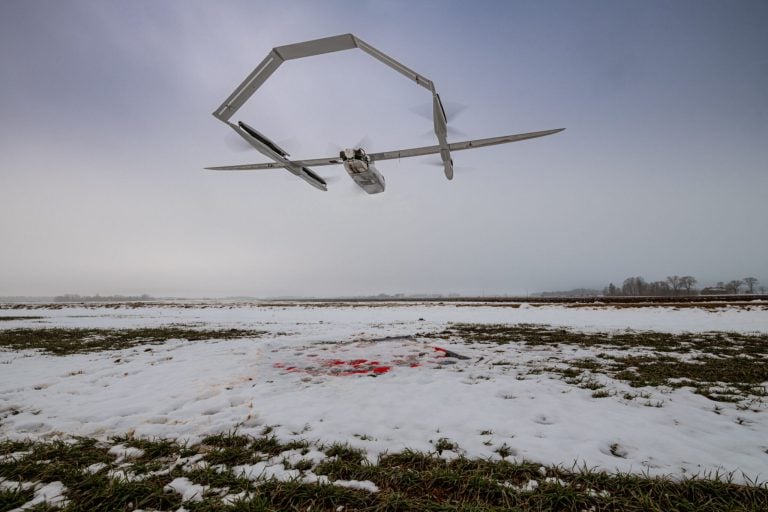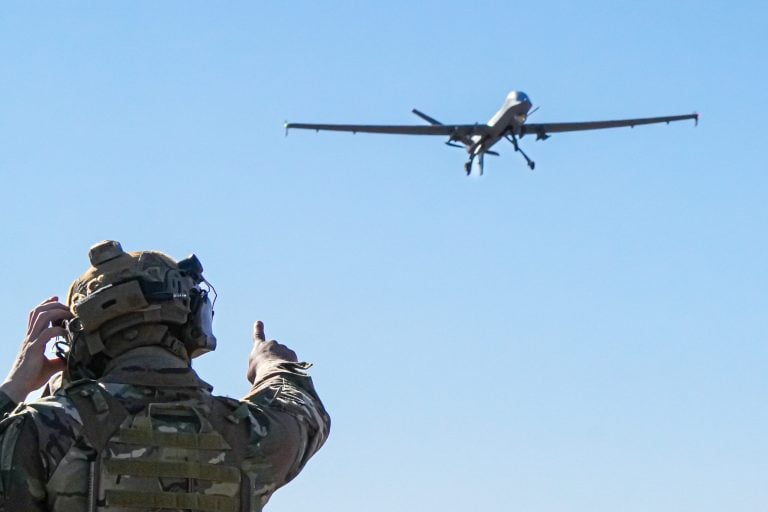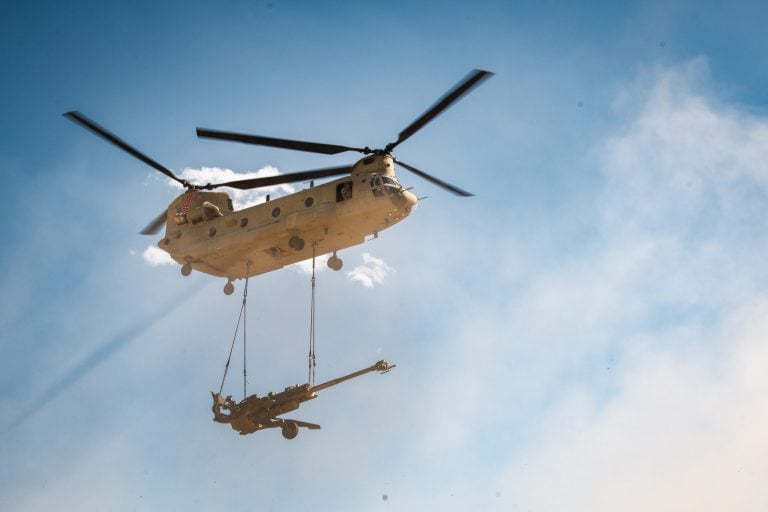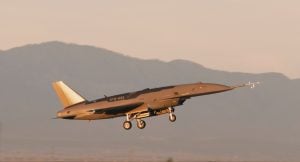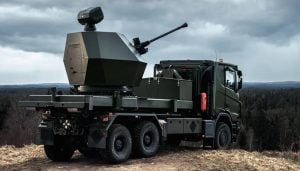BAE Systems has made headlines by securing over 27 billion pounds ($35 billion) in contracts this year, showcasing robust global interest in its defense technologies and platforms. In a recent market update, the company reported that its trading performance in the latter half of the year aligns with expectations, emphasizing strong operational capabilities as it continues to provide essential support across various sectors, including combat aircraft, submarines, missile systems, and electronic warfare.
The significant surge in contracts is attributed to the increased defense budgets and NATO modernization initiatives influencing global procurement strategies. Charles Woodburn, Chief Executive of BAE Systems, highlighted that these programs not only bolster national defense but also sustain thousands of skilled jobs and contribute substantially to the UK’s economic exports.
In addition to securing contracts, BAE Systems affirmed its commitment to a balanced capital allocation strategy, which includes ongoing investments in technology, selective acquisitions, and returns to shareholders amounting to approximately 1.5 billion pounds ($1.9 billion) in 2025 through dividends and share buybacks.
The company’s notable contracts in 2025 reflect a diverse portfolio, encompassing aviation, naval, ground, and electronic systems. A landmark agreement includes a four-billion-euro contract for the construction of 20 Eurofighter Typhoon aircraft for Turkey, with expected deliveries commencing in 2030.
In the United States, BAE garnered around $3.3 billion in new and incremental awards, which includes funding for various Space & Mission Systems and tactical communications initiatives. These programs encompass advanced technologies, such as the APKWS precision-guided rocket and the Multifunctional Information Distribution System Joint Tactical Radio System.
Furthermore, BAE’s emphasis on ground combat vehicles remains strong, having secured $1.7 billion for the continued production of the Armored Multi-Purpose Vehicle, Bradley Fighting Vehicle, and the M109 self-propelled howitzer. The company’s missile joint venture, MBDA, added approximately 1.1 billion pounds ($1.4 billion) through both domestic and export orders, while significant progress was observed in the Dreadnought submarine program, receiving an additional 900 million pounds ($1.1 billion) for design and construction efforts.
Looking toward the future, BAE Systems is poised for potential growth with the anticipated naval contract stemming from a recent bilateral agreement between the UK and Norway. This agreement, which involves the supply of at least five Type 26 anti-submarine frigates, is expected to culminate in a substantial new contract once finalized after 2025.



